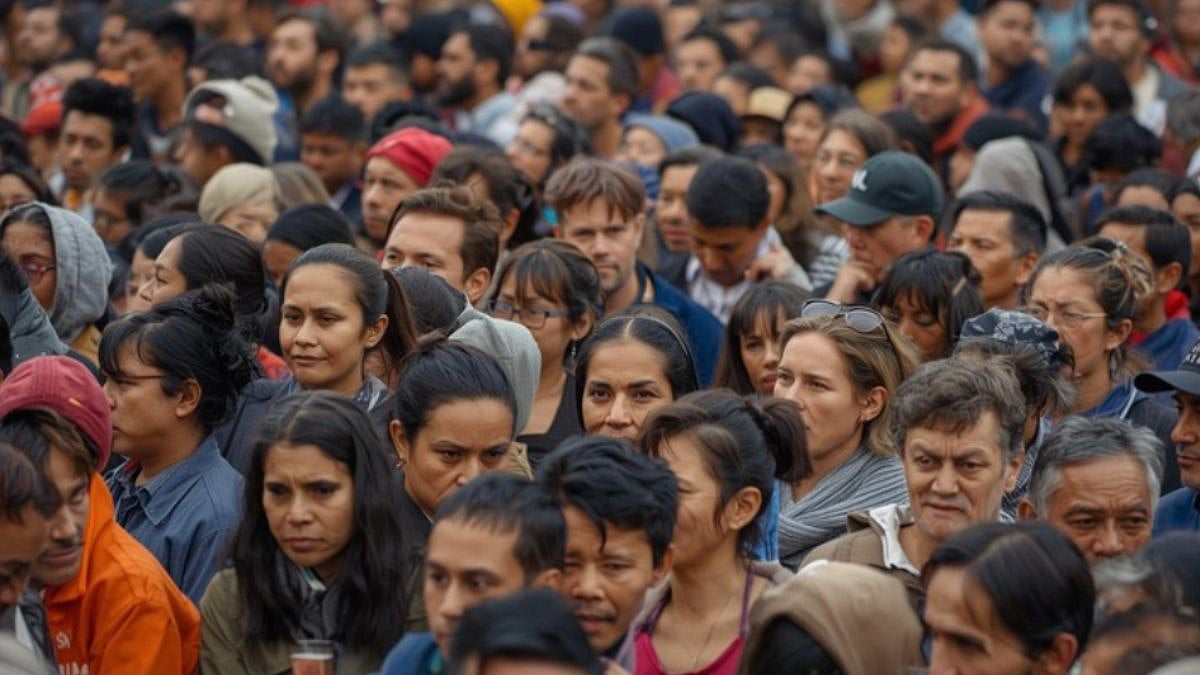Amidst the whimsical decision of President, Trump to impose a cumulative tariff of 50 percent on Indian imports to America effective from Aug 27,Prime Minister Narendra Modi’s decision to push for the most ambitious Goods and Services Tax (GST) reform since 2017 was not just an economic move; it is also deeply consumers’ oriented. By cutting levies on everyday goods, small cars, and consumer durables, Modi was addressing two pressing concerns simultaneously: cooling inflation at home and repairing India’s bruised trade posture abroad and proving fruitful in the wake of U.S. President Donald Trump’s aggressive tariff stance against India.
At one level, this is an economic reset. At another, it is a manoeuvre designed to consolidate middle-class support, give relief to consumers, and showcase India’s willingness to embrace reforms even amid fiscal stress. The real question, however, is what it will cost the Centre and, more importantly, the states.
From “One Nation, One Tax” to Complexity
When GST was introduced in 2017, it was projected as “one nation, one tax, one market.” More than a dozen state-level indirect taxes were swept away, creating a unified system. But the dream of uniformity soon collided with the reality of complexity. With four slabs—5%, 12%, 18% and 28%—plus cess on luxury goods, the system became fertile ground for disputes and anomalies.
Plain bread attracted just 5% GST, but the layered paratha was taxed at 18%. Buttered popcorn fell in one slab, caramelized in another. Such inconsistencies damaged public perception and gave GST a reputation for arbitrariness.
The Modi government now proposes to correct this anomaly by abolishing the 28% slab, which applied to cars, air-conditioners, refrigerators and consumer durables. Simultaneously, 99% of goods taxed at 12%—such as butter, fruit juices and dry fruits—would be moved into the 5% bracket. Small cars, the middle-class favorite, would see GST slashed from 28% to 18%.
The Fiscal Cost
India collected $224 billion (₹18.6 lakh crore) in GST revenues last year. According to IDFC First Bank, the proposed reform will reduce collections by about $20 billion (₹1.66 lakh crore) annually.
The Centre will take a hit, but it has other tax streams like corporate and excise duty. States, however, are more vulnerable since GST constitutes the backbone of their revenues. With compensation cess already discontinued, this fresh erosion of revenue will hurt their fiscal capacity to fund welfare schemes, salaries and development projects.
The GST Council, chaired by Finance Minister Nirmala Sitharaman and including state finance ministers, will thus be the true battleground. Without state approval, Modi’s reform cannot see the light of day.
Relief for Consumers
For the Indian household, the impact is far simpler. Retail prices of everyday goods and aspirational items will come down. Dairy and processed foods—such as butter, ghee, fruit juices, jams and dry fruits—will be cheaper. Household appliances like refrigerators, washing machines and air-conditioners will move to lower brackets. Packaged snacks, bakery items and ready-to-eat foods that currently fall into higher categories will get relief.
Most significantly, small cars, the dream possession of the middle-class family, will be taxed at 18% instead of 28%. Even cosmetics, toiletries and low-end electronics will be affected. For a middle-class family of four, annual savings could be in the range of ₹12,000–15,000.
Inflation, Growth and Timing
The timing of this reform is crucial. With inflationary pressures persisting, a direct reduction in GST will cool consumer prices, dampen inflation expectations and create space for the Reserve Bank of India to ease interest rates.
Given that consumption accounts for 60% of India’s GDP, the boost to demand will be substantial. IDFC First Bank projects a 0.6 percentage point rise in nominal GDP in the year following the reform. In a slowing global economy, India needs precisely such internal demand to maintain momentum.
Politics Behind the Tax Cuts
This economic rationale does not obscure the political calculation. Cars, refrigerators and ACs are not mere commodities—they are markers of upward mobility. By making them affordable, Modi appeals to the aspirational classes that form the BJP’s most loyal vote bank.
Simultaneously, the reform allows him to showcase India’s competitiveness abroad. With Trump’s punitive tariffs squeezing Indian exports, cheaper domestic consumption is a way of offsetting global headwinds. Above all, the measure helps counter the Opposition’s narrative on unemployment and rural distress by presenting a visible, pocket-friendly reform.
States’ Dilemma
For the states, however, the picture is grim. A ₹1.66 lakh crore shortfall is not easy to bridge. Already struggling with ballooning welfare expenditure and rising debt, states like Kerala, West Bengal, Tamil Nadu and Telangana are likely to push back in the GST Council. The North-Eastern and BJP-ruled states, dependent on central transfers, may reluctantly accept.
This sets up a confrontation between populism and fiscal realism. Cooperative federalism, the principle that underpins GST, will be put to its severest test.
Risks and Way Forward
The risks are serious. A wider fiscal deficit is one consequence if the Centre borrows more to compensate states. Unequal benefits are another, since the poorest Indians, who spend largely on untaxed essentials like rice, wheat and vegetables, will see little relief compared to the middle class. Implementation challenges also remain: without a clear simplification roadmap, new anomalies—whether about packaged foods or semi-processed items—could reappear.
For the reform to work, the Centre must build a credible compensation formula for states, possibly reviving a GST Compensation Fund for a limited period. Beyond immediate cuts, there is also a case for committing to a two-slab system—say, 5% and 18%—which would end confusion and litigation once and for all. Cheaper goods must also be leveraged to stimulate domestic manufacturing under Make in India, rather than simply encouraging imports.
Conclusion
Modi’s proposed GST reform is bold, populist and potentially transformative. It will reduce inflation, stimulate demand and strengthen his political hand. But it comes at a steep price—$20 billion in foregone revenue, most of which will erode state finances. For consumers, especially the middle class, the benefits are clear and immediate. For governments, both Centre and states, the balancing act between populism and prudence will be delicate.
The GST was meant to symbolize cooperative federalism; this reform will test whether India’s federal fabric can withstand the weight of populist politics. If consensus is achieved, Modi could well claim a landmark in India’s tax history. If not, it may remain another stranded reform on the long road of India’s economic journey.
BOX ITEM……
Fiscal Cost: $20 billion (₹1.66 lakh crore) annually
Benefited Items: dairy products, processed foods, fruit juices, dry fruits, packaged snacks, bakery items, refrigerators, washing machines, ACs, small cars, cosmetics, toiletries, electronics
Consumer Gain: savings of ₹12,000–15,000 per family annually
(Writer is senior political analyst and strategic affairs columnist based in Shimla)










